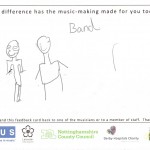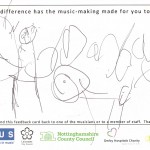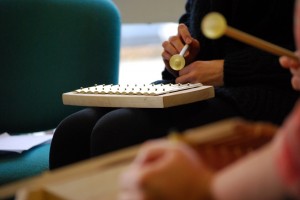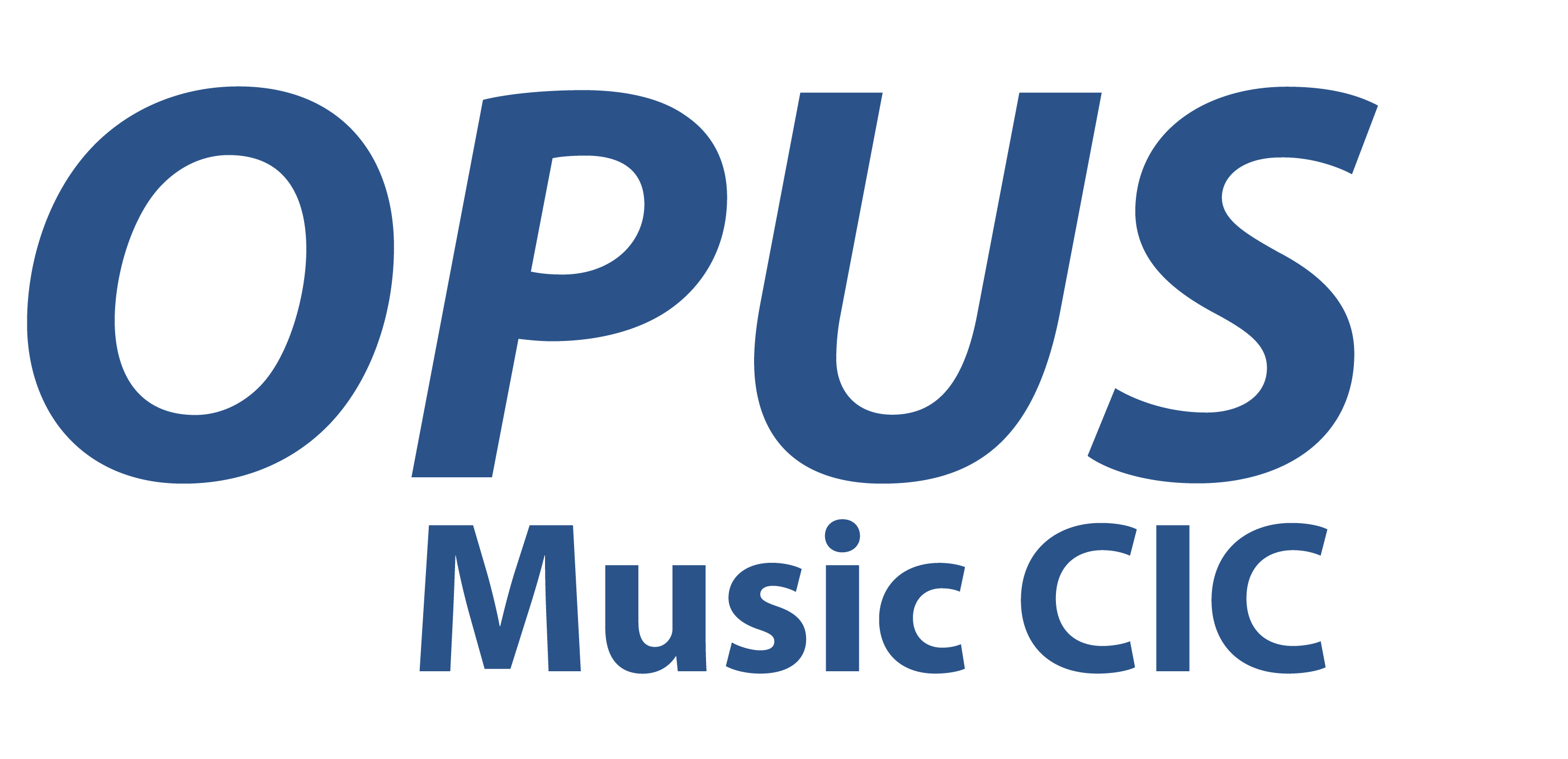Expectations
I am thoroughly enjoying doing my placement with OPUS and I have had some fantastic musical interactions with the children, their families and the staff at both Nottingham and Leicester hospital. I have also learnt a lot from taking moments to stand back and watch the OPUS musicians Nick, Richard and Sarah in their musical interactions. On one particular afternoon I also experienced the lesson of ‘‘Have No Expectations’. This is something Nick had mentioned in the musician training course that I attended in October of last year. During my afternoon at the hospital I found that we mainly played and then vacated the space as most people seemed to enjoy listening but not wanting to take up the offer of playing a percussion instrument or singing along.
After a morning of rewarding Social interactions it did seem to move more slowly for me. However, as the OPUS musicians reminded me, in the hospital space we are there first and foremost as musicians and if that is what required at that time that is what we do. This was a good lesson to revisit because being a musician and playing repertoire is just as important as the more social interactions. Ronald Borcazon (2004) Writes how “listening to music can be considered interactive if it is purposeful in nature” (9).I would consider all the music used in the hospital purposeful in nature as its aim is to first and foremost to create a positive atmosphere. My lesson from this afternoon was that I do not need to have a full on social musical interaction to have a positive effect on the space and that allowing people to just listen to the music is a very important part of OPUS has to offer.
